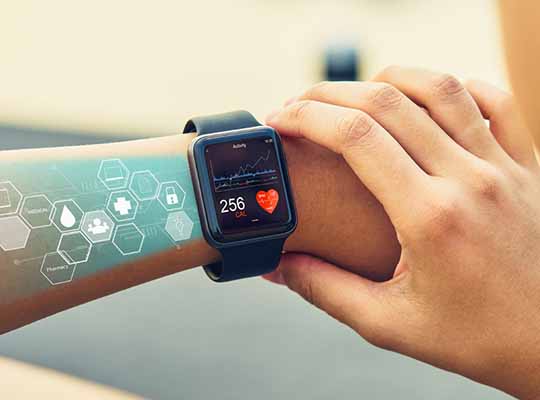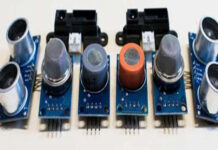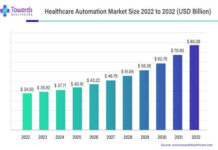Wearable medical devices are emerging as useful tools for patients, especially those with chronic conditions, to ensure continuous monitoring and data collection with personalized metrics.
Medical wearables are gaining widespread adoption over the years, as they offer several benefits for patients and healthcare providers alike, including the reduction of in-person visits by keeping consistent track of vitals and biometrics remotely. As per data from eMedCert, nearly 88% of physicians want their patients to monitor and examine their health parameters at home. Situations such as these are supporting developers of wearable health tech to design new systems and promote remote monitoring and interactive care as well as amplify their footprint in countries with high growth potential, such as the United States.
Furthermore, rapid technological advancement, including the use of IoT in the healthcare space, is among the major factors asserting a positive influence on the wearable medical devices market size over the years.
Mounting incidence of chronic conditions globally
Cardiovascular diseases are rapidly coming to be considered as the leading cause of death globally. Every year, around 805,000 people in the U.S. have a heart attack, as per the CDC (Centers for Disease Control and Prevention)’s statistics. Apart from the U.S., the circulatory disease is also regarded as a major health concern among European citizens, affecting over 7.6 million people in the region, according to studies by the British Heart Foundation.
Due to the escalating patient pool with heart diseases, the need for efficient health tracking devices has become more pronounced. According to a GMI report, the wearable medical devices industry from the cardiac health segment was valued at more than $2.7 billion in 2020.
To that end, researchers are placing strong emphasis on the development of AI-based biosensor technology for smartwatches to reduce the disease burden. This cutting-edge solution can help detect hypertrophic cardiomyopathy, a condition that may lead to stroke, heart disease, or fatal cardiac incidents.
In addition, diabetic patients also require frequent monitoring of blood glucose as a part of their treatment plan, which is augmenting the use of CGM (Continuous Glucose Monitoring) devices. This rising prevalence of chronic diseases is thus generating opportunities for manufacturers of wearable glucose monitors to expand their businesses worldwide.
Increasing geriatric population prone to COVID-19 and NCDs in China
In light of the coronavirus outbreak, the general population has become more concerned about their health and fitness than ever. Due to the fear of catching the virus from gyms, fitness centers, and other crowded spaces, health-conscious consumers are relying heavily on smart wearables and fitness bands to track their health parameters and fitness progress. Therefore, companies are emphasizing the production of innovative fitness and medical wearable devices.
One such example is China-based OnePlus’s launch of its first smartwatch in 2021, which, apart from tracking regular parameters like heartrate and steps, has been integrated with trackers for monitoring stress, blood saturation as well as sleep patterns of the users. Other smartwatch vendors including Fitbit have also revealed additional features for their latest wearable health monitoring devices, such as heart rate monitoring, to act as holistic health trackers during the pandemic.
Moreover, the disease outbreak has raised alarms for the elderly and patients with non-communicable diseases (NCDs), especially in Asian countries like China. According to the Global Burden of Disease estimates, China’s aging population is likely to increase the burden of NCDs by up to 40% by 2030, while the economic impact is expected to be 4.5 times higher as compared to India. As a result, this region is slated to emerge as a key player in the wearable medical devices market.
Prevalence and the economic burden of chronic diseases are positively impacting the manufacturers of mobile and wearable devices to revolutionize patient treatment rapidly. As wearables represent a scalable opportunity for physicians to collect activity data, especially during the COVID-19 pandemic, the overall wearable medical devices industry is likely to gain traction over the years ahead.















